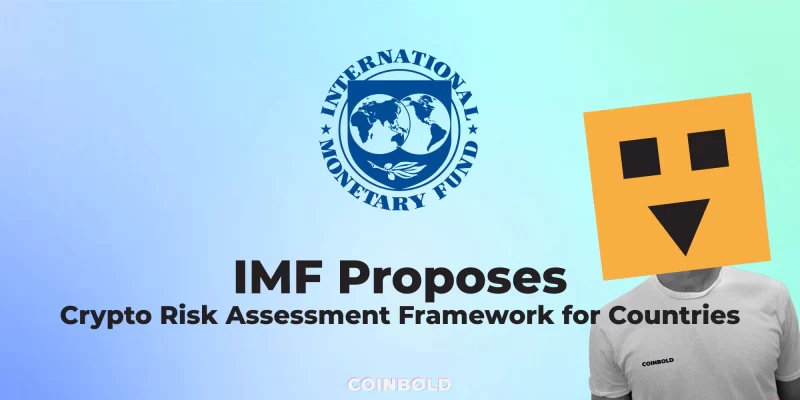The International Monetary Fund (IMF) has introduced a new framework aimed at helping countries evaluate potential risks from cryptocurrency adoption and craft policy responses.
In a recent working paper, IMF economists proposed the Crypto-Risk Assessment Matrix (C-RAM) to guide regulators and policymakers.
The C-RAM methodology involves assessing crypto’s overall importance to the economy, monitoring market indicators, and evaluating macro-financial stability risks that could impact the broader financial system.
A Methodical Approach to Crypto Oversight
Per the IMF paper, the C-RAM crypto risk assessment process comprises three key components:
- A decision tree analyzing how integral crypto is to a country based on factors like crypto asset holdings and use cases.
- Applying traditional financial metrics to the crypto ecosystem, like leverage, volatility, and interconnectness with mainstream finance.
- Identifying transmission channels for crypto-related risks to spread, such as through financial contagion or reduced ability to implement monetary policy.
This systematic framework aims to enable policymakers to gauge crypto’s growth in their jurisdictions and craft proportional oversight.
Calls for Prudent Crypto Regulation
The C-RAM proposal aligns with the IMF’s cautions around crypto presenting financial stability risks if allowed to proliferate unchecked.
In particular, the IMF has repeatedly warned El Salvador against adopting Bitcoin as legal tender given concerns about consumer protection and transparency.
The paper also comes after IMF Managing Director Kristalina Georgieva called for “comprehensive regulation” of crypto in a September speech alongside the Financial Stability Board.
While recognizing crypto’s rapid emergence, the IMF continues stressing prudent regulation. By outlining a risk evaluation process, the C-RAM paper reinforces calls for careful oversight to manage crypto’s growth.
Balancing Innovation and Stability
For countries weighing crypto integration, the IMF’s proposed matrix offers a systematic method to analyze risks and determine policy responses.
Following C-RAM could enable innovation-friendly frameworks tailored to specific conditions in each jurisdiction.
The methodology demonstrates the IMF’s aim of encouraging crypto development along stable, regulated pathways that mitigate broader financial system risks. With adoption proliferating globally, collaborative approaches to regulation will be key.


